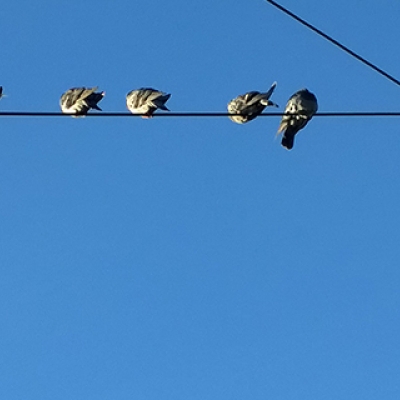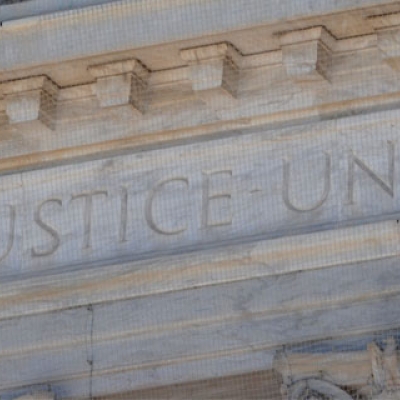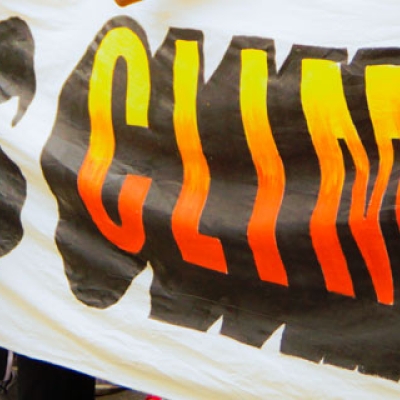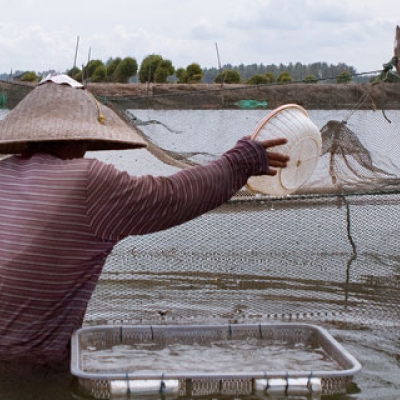
The Renewable Energy City
By Peter Newman / On January 13th, 2009
The seven key innovations of resilient cities are set as city models, which will be detailed over the next several weeks here at "Eco-Compass." While no one city has shown innovation in all seven areas, some are quite advanced in one or two. The challenge for urban planners will be to apply all of these city characteristics together, to generate a sense of hope through a combination of new technology, city design and community-based innovation, which together will create the Resilient City.
The first is city model is the Renewable Energy City.






